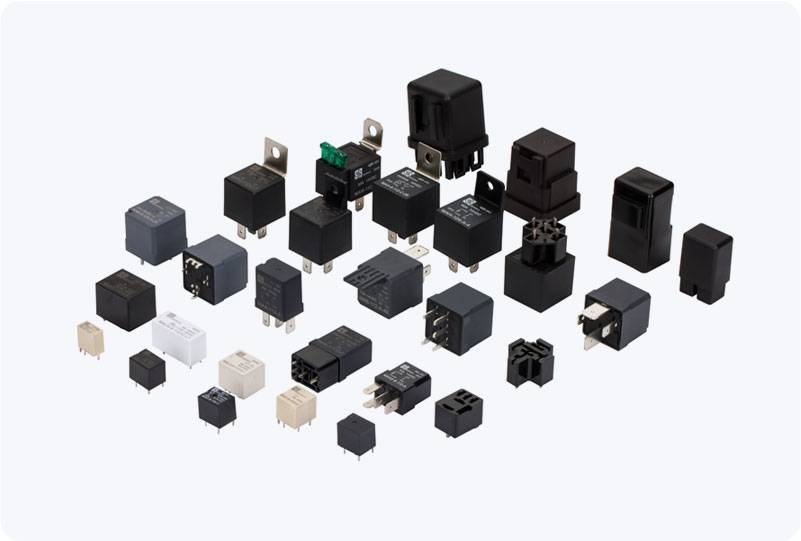A Motor Overload Relay is an essential component in protecting electric motors from damage caused by excessive current. Its primary function is to detect situations where a motor is drawing too much current, indicating an overload condition, and then to disconnect the motor to prevent it from overheating and potentially being damaged. Overload protection is critical for maintaining the longevity and reliability of electric motors used in a variety of industrial, commercial, and residential applications.

Functionality of Motor Overload Relays Motor overload relays are designed to sense the electrical current flowing to a motor and activate protective mechanisms if that current exceeds a certain threshold. This function is vital because continuous overloads or excessive current can cause the motor windings to overheat, leading to insulation failure, winding damage, or even a complete motor failure. The relay works by monitoring the motor’s operating current and comparing it with the rated current value. When the motor operates above the rated current for a specified period, the relay triggers an interruption in the electrical supply to the motor, thereby preventing further damage. In this way, the relay helps to safeguard not only the motor but also the connected equipment that depends on it.